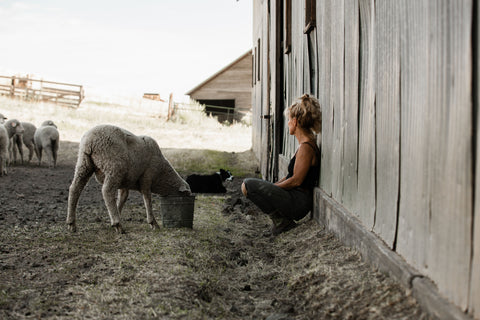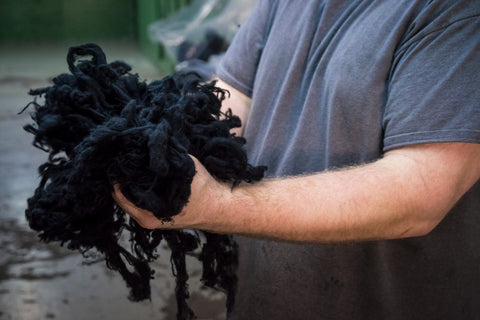Unraveling the Myth: Is Wool Itchy?
Wool has been a staple textile for centuries, prized for its warmth, durability, water repellency, and versatility. However, many people associate wool with discomfort and irritation and have sworn off wool as a result, giving it a bad name.
"All wool is good wool – coarse or fine," says Jeanne Carver of Shaniko Wool. "But you need to match the quality of the wool with its proper use. Today, we have wool so fine that it is commonly used for next-to-skin layers and comfortable even as underwear."

(Photo courtesy of Shaniko Wool)
Different kinds of sheep produce wool with varying textures, breeding and modern processing methods have significantly improved the feel of wool products. Still, there are a few factors that contribute to the coarseness of the fiber.
1. Fiber Diameter: The diameter of wool fibers plays a crucial role in determining how it feels against the skin. Finer wool fibers are generally softer and less likely to cause irritation. Merino wool, known for its fine fibers, is a popular choice for those seeking a softer and less itchy experience. Here at The Checkroom, our fibers are 16.5 microns in diameters, making them very soft against the skin, especially when compared to fibers over 22 microns which can feel rough on the skin.
2. Processing Methods: The way wool is processed can significantly impact it's feel. Superfine and extra-long staple fibers are often used to create high-quality, non-itchy wool products. Additionally, advancements in processing techniques, such as mercerization and super-washing, aim to reduce the prickliness associated with traditional wool.

(Photo courtesy of American Woolen Mill)
3. Quality of the Wool: The quality of the wool, which is influenced by factors like the sheep's breed and the environment in which it was raised, can affect itchiness. High-quality wool sourced from well-cared-for sheep tends to be softer and less irritating.
Although thicker, shorter wool fibers like those found around the neck and legs of the animal may be itchy and not be suitable for apparel use, the good news is that even the roughest types of wool fiber can still be used for other applications such as insulation and even fertilizer making wool a very sustainable fiber with many applications.

(Photo courtesy of American Woolen Mill)
So, next time you are shopping for a new wool sweater or coat, be prepared to be surprised by just how truly soft wool can feel on your skin. Both technology and breeding have helped this natural, biodegradable fiber evolve to where it is today while securing its place in history.
